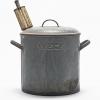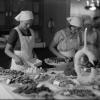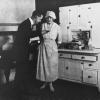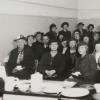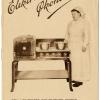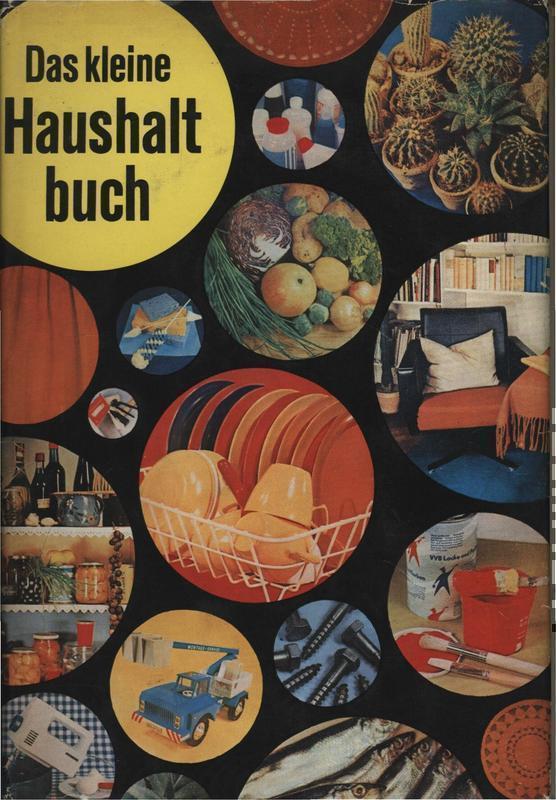Political flexibility of home economics
Political regimes from Fascist Italy to state socialist countries like the German Democratic Republic embraced the principles of home economics. In Mussolini's Italy, at the 1927 congress of home economics in Rome, Maria Diaz Gasca, the daughter of a Piedmontese industrialist, presented the idea of rationalizing the home. At the same time, however, the Fascist regime made considerable educational efforts to promote "traditional" women's work in the countryside.
After the war in the Soviet Bloc countries, the principles of home economics took on a different role. While many traditional Catholic regions stressed the role of home economics in keeping women in the home, Communist countries heavily promoted the involvement of women in employment outside the house. In 1950, Otto Grotewohl, prime minister of the GDR, declared that "we could not demand anything more unworthy of a woman than to be the unpaid serving girl of a man."
Great importance was placed on providing central services such as crèches to look after children, as well as creating working opportunities for women. At the same time, there was a general assumption that household duties would fall to women. Principles of efficiency in the household were skills that women needed to balance household tasks of cooking and cleaning with the demands of the workplace – producing new labor-saving devices for the household was a key part of this effort.
 Previous Story
Next Story
Previous Story
Next Story
How to cite this page
Alexander Badenoch, 'Political flexibility of home economics', Inventing Europe, http://www.inventingeurope.eu/story/political-flexibility-of-home-economics
Sources
- Papanelopoulou, Faidra. "Between Production and Consumption? The International Federartion of Home Economics, C. 1908-1960." ISES Seminar paper, Eindhoven University of Technology, 2011.





